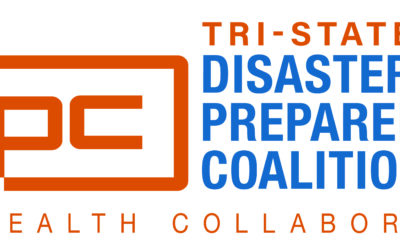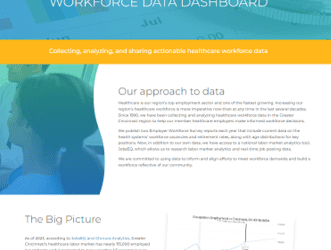UC Health Primary Care had a problem. Its current patient risk scoring tool wasn’t providing them the full picture of who the patient was, what care management resources they could benefit from and what was most needed for the patient to remain healthy and out of the hospital.
Social determinants of health were not incorporated and more importantly, the level of disease management was not evaluated so that a diabetic patient with a normal A1C level received the same score as a patient with uncontrolled diabetes, for example.
Instead of working around these issues or reconfiguring the current system, the interdisciplinary team assigned to fix it decided to build a whole new risk score from the ground up.

This was not a decision made lightly. With more than 100,000 patients that spanned the gamut from low health literacy seen in safety net clinics to the well-heeled and well connected, matching the right care management resources to the patient’s need was a significant challenge. Adding to the complexity was the sheer volume of patients. UC Health has close to 1,000 inpatient discharges and emergency department (ED) visits per day.
The interdisciplinary team, which included physicians, care managers, representatives from value-base care, and IT analysts, quickly identified 4 separate domains that now contribute to the risk score:
-
- The diagnosis complexity component is assessed using the Health and Human Services Hierarchical Condition Categories (HHS-HCC) system to stratify patients into 5 levels of medical complexity.
- The disease management component uses lab values and assessment tools to determine how well the patient’s conditions are managed. This assessment evaluates A1C for diabetes, blood pressure for hypertension, number of inhalers prescribed for COPD, PHQ-9 inventory for diabetes, and GAD-7 for anxiety disorders.
- The social determinants component includes demographic items including primary language, current on annual exams/immunizations, and insurance coverage, combined with factors that affect disease severity like tobacco, substance, and alcohol use.
- The utilization component includes the number of ED visits, hospital admissions, and rate of no-shows to scheduled appointments.
Combined, these four components now generate the patient’s overall Risk Score. Unlike the previous scoring tool, all patients regardless of age are included. For pediatric patients, the algorithm is adjusted to incorporate factors more relevant to the pediatric population. The score is numeric, with higher values indicating higher risk. Patients are grouped into three groups (low, medium, high) based on overall risk and clinicians can see the individual factors that contributed to the score and risk level. In addition to providing patient-level data, the risk scores are also aggregated at provider, practice, and system levels to help plan where resources are needed most.
The new risk score has allowed UC Health to better determine which programs might benefit which patients and perform more targeted outreach in a timely fashion. It allows staff to focus on those patients who have the highest clinical needs, better determine program placement, and fine-tune resource allocation.
The Health Collaborative is proud to honor UC Health as a nominee for the 2021 Healthcare Technology Award for providing the most efficient method to quickly identify patients and help UC Health take a population health approach toward improving the care for all patients.












